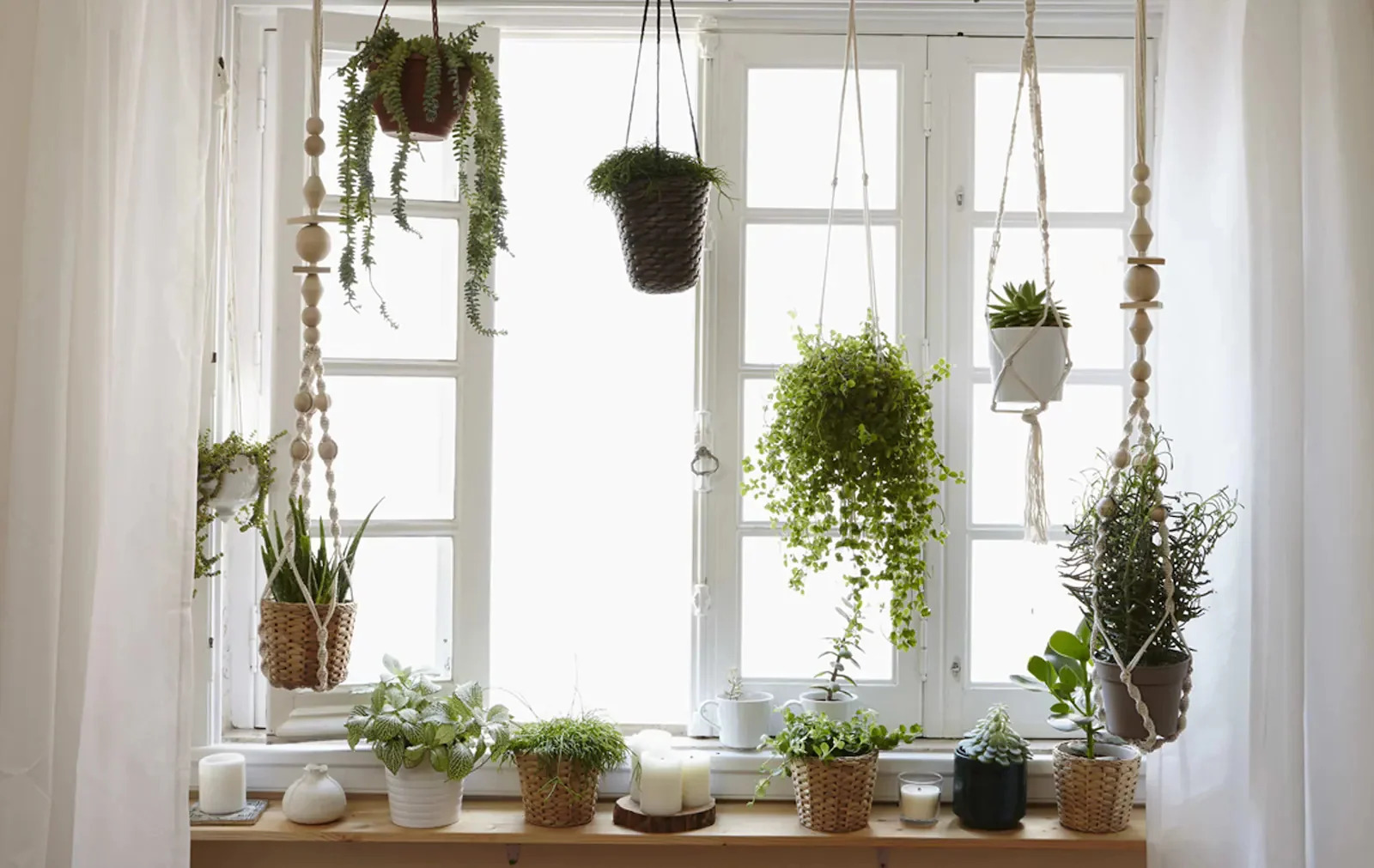

Articles
How To Dress Windows Without Curtains
Modified: October 20, 2024
Discover creative ways to dress your windows without using traditional curtains. Read our informative articles for stylish and unique window treatment ideas.
(Many of the links in this article redirect to a specific reviewed product. Your purchase of these products through affiliate links helps to generate commission for Storables.com, at no extra cost. Learn more)
Introduction
When it comes to dressing up our windows, curtains have long been the go-to choice. They offer privacy, control over natural light, and can add a touch of elegance to any space. However, there are times when curtains may not be the ideal option. Perhaps you prefer a more modern and minimalistic look, or you have a small room where bulky curtains can make the space feel cramped. Luckily, there are several alternatives to curtains that can still provide functionality and style to your windows.
In this article, we will explore nine different options for dressing windows without using traditional curtains. Each option offers its unique benefits, allowing you to find the perfect solution for your home or office space. From window films to hanging plants, there is something for everyone’s taste and style.
So, if you’re ready to think beyond curtains and explore alternative window dressing ideas, keep reading to discover creative ways to transform your windows and enhance your living or working environment.
Key Takeaways:
- Window dressing alternatives offer practicality, style, and creativity. From window film to stained glass panels, there’s a perfect option to enhance any space while providing privacy and controlling natural light.
- Explore unique window dressing options to reflect your personal style and elevate your space. Whether it’s sheer panels for a light and airy feel or hanging plants for a touch of nature, there’s a creative solution for every window.
Read more: How To Dress A Bay Window With Curtains
Option 1: Window Film
Window film is a versatile and practical alternative to curtains. It is a thin adhesive material that is applied directly to the glass surface of your windows. Window film comes in various patterns, colors, and degrees of opacity, allowing you to control privacy and light while still maintaining a sleek and modern look.
One of the key advantages of window film is its ability to block UV rays. This can help protect your furniture, flooring, and artwork from fading due to sun exposure. Additionally, some window films offer insulation properties, helping to keep your space cool in the summer and reduce heat loss during the winter.
Applying window film is a relatively simple process that can be done as a DIY project. Clean the glass surface thoroughly, cut the film to the desired size, and apply it using a spray bottle filled with water and a little soap. Smooth out any bubbles with a squeegee, and you’re done!
Window film is an excellent option for rooms where privacy is a concern, such as bathrooms or street-facing windows. It allows natural light to enter while preventing outsiders from seeing inside. It is also a great choice for spaces with a modern or minimalist aesthetic, as it offers a clean and uncluttered look.
Whether you prefer a frosted, decorative, or stained glass effect, window films come in a wide range of designs to suit any style and preference. They are easily removable and can be replaced or updated whenever you want to change the look of your windows.
Overall, window film is a cost-effective and stylish alternative to curtains. It provides privacy, blocks UV rays, and adds a touch of design to your windows, making it an excellent choice for those looking for a contemporary and functional window dressing solution.
Option 2: Blinds
Blinds are a classic and versatile window dressing option that offers both practicality and style. They consist of horizontal or vertical slats that can be adjusted to control the amount of light and privacy in a room.
There are various types of blinds to choose from, including Venetian blinds, roller blinds, and vertical blinds. Venetian blinds are made of horizontal slats that can be tilted to allow light to filter through while maintaining privacy. Roller blinds are a simple and sleek option that can be rolled up or down as needed. Vertical blinds feature vertical slats that can be rotated to control light and privacy.
Blinds come in a variety of materials, such as wood, faux wood, aluminum, fabric, and vinyl. Each material has its own unique look and benefits. Wood blinds add warmth and natural elegance to a space, while aluminum blinds offer a modern and minimalist aesthetic. Fabric blinds can introduce texture and softness, while vinyl blinds are durable and easy to clean.
One of the advantages of blinds is their adjustability. Unlike curtains that are either open or closed, blinds allow you to have more control over the amount of light and privacy in a room. You can easily adjust the slats or roll up or down the blinds to let in the desired amount of natural light.
Blinds are also suitable for a wide range of window sizes and shapes, making them a versatile option for any space. They can be custom-made to fit your specific measurements or purchased in standard sizes.
In addition to their functionality, blinds can add a touch of style to your windows. Whether you choose a neutral color to complement your decor or opt for a bold statement with a vibrant shade, blinds can enhance the overall aesthetic of your room.
Installing blinds is relatively straightforward and can be done by following the manufacturer’s instructions. Most blinds come with a mounting bracket that can be easily attached to the window frame. Some blinds may require drilling, while others can be mounted using adhesive strips or tension rods.
Overall, blinds offer a practical and visually appealing alternative to curtains. With their adjustability, variety of materials and styles, and ease of installation, they can effortlessly transform your windows and enhance the functionality of your space.
Option 3: Shades
Shades are another popular alternative to curtains that provide both style and functionality. They are made of a single piece of fabric that can be raised or lowered to control light and privacy in a room.
There are various types of shades available, including roller shades, Roman shades, cellular shades, and solar shades. Roller shades are a simple and modern option that can be easily operated with a pull-down mechanism. Roman shades offer a more luxurious and decorative look with their cascading folds of fabric. Cellular shades, also known as honeycomb shades, are designed with insulating cells that help to keep your space cool in the summer and warm in the winter. Solar shades are specifically designed to block harmful UV rays while still allowing you to enjoy the view outside.
Shades come in a wide range of fabrics, colors, and patterns to suit various decor styles. Whether you prefer a light-filtering fabric that gently diffuses sunlight or a blackout fabric that provides complete darkness, there is a shade option for every preference.
One of the advantages of shades is their versatility in providing a range of light control options. By adjusting the height of the shade, you can easily regulate the amount of natural light that enters the room. This makes shades a great choice for spaces where you want the option to have full sunlight or create a cozy ambiance with softer lighting.
Shades are also a space-saving option, especially in rooms with limited wall space. When raised, they neatly disappear, allowing for an unobstructed view and a clean aesthetic. This makes shades particularly suitable for small rooms or areas where you don’t want the window covering to take up much visual space.
Installing shades is typically straightforward and can be done using mounting brackets or a tension rod, depending on the type of shade you choose. Some shades may require minimal drilling, while others can be mounted using adhesive strips or clips.
Overall, shades combine functionality and style to create a sleek and practical alternative to curtains. With their variety of types, fabric options, and light control capabilities, they can add a touch of elegance and convenience to your windows and enhance the overall ambiance of your space.
Option 4: Sheer Panels
If you’re looking for a window dressing option that offers a light and airy feel while still maintaining some level of privacy, sheer panels are an excellent choice. Sheer panels are made of translucent or semi-transparent fabric that allows natural light to filter through while diffusing the view from the outside.
Sheer panels come in a variety of colors and patterns, allowing you to find the perfect style that complements your decor. From delicate and feminine to modern and geometric, there is a sheer panel design to suit any aesthetic. They can be hung on their own for a minimalistic look or paired with blinds or shades for added privacy and light control.
One of the benefits of sheer panels is their ability to create a soft and ethereal ambiance in a room. The sheer fabric gently filters sunlight, casting a beautiful glow and creating a warm and inviting atmosphere. They are particularly popular in living rooms, dining rooms, and bedrooms where you want to create a soft and romantic feel.
Sheer panels also offer versatility in privacy control. While they provide a level of privacy during the day by obscuring the view from the outside, they may not offer complete privacy at night when the lights are on. However, pairing them with blinds or shades can give you more control over privacy when needed.
When it comes to installation, sheer panels are typically hung using a curtain rod or a tension rod. They can be layered with other curtain types or used as standalone window coverings. To achieve an elegant and fluid look, it is recommended to choose sheer panels that are longer in length, extending from ceiling to floor or from the top of the window frame to the floor.
Overall, sheer panels are a fantastic option for those who desire a light and breezy look for their windows. Their delicate and translucent fabric adds a touch of elegance and softness to any space, making them a popular choice for creating an inviting and serene atmosphere.
Option 5: Shutters
Shutters are a timeless and versatile option for window dressing that adds a touch of sophistication and charm to any space. They consist of solid panels or slats that can be easily opened or closed to control light and privacy.
Shutters come in various styles, including plantation shutters and traditional shutters. Plantation shutters feature wider slats and are known for their classic and elegant look. Traditional shutters, also known as colonial shutters, have narrower slats and offer a more traditional and rustic aesthetic.
One of the key advantages of shutters is their ability to provide excellent light and privacy control. By adjusting the slats or opening the panels, you can easily let in or block out natural light as desired. Shutters also offer a high level of privacy when closed, as they obstruct the view from the outside.
Shutters are available in various materials, including wood, vinyl, and composite. Wood shutters offer a warm and natural look, while vinyl shutters are more durable and resistant to moisture, making them suitable for high-humidity areas such as bathrooms and kitchens. Composite shutters combine the benefits of both materials, offering the look of wood with enhanced durability.
Another advantage of shutters is their durability and longevity. Well-maintained shutters can last for many years, making them a worthwhile investment for your home. They are also relatively easy to clean, typically requiring a simple wipe down with a damp cloth.
Shutters are typically installed as a permanent fixture, either mounted on the inside or outside of the window frame. They can be custom-made to fit your specific window dimensions or purchased in standard sizes. The installation process may require some drilling, but once in place, shutters can be adjusted and operated with ease.
In terms of style, shutters can complement a wide range of interior designs. They add a touch of elegance and sophistication to both traditional and contemporary spaces, making them a versatile choice for any room. Depending on your preference, you can opt for a natural wood finish, a bold color, or even a distressed or weathered look for a more rustic appeal.
In summary, shutters are a classic and durable option for dressing windows. With their excellent light and privacy control, array of materials and styles, and timeless appeal, they can elevate the aesthetic of your space while providing functionality and longevity.
Consider using alternative window treatments such as blinds, shades, or decorative window film to add privacy and style without the need for traditional curtains. These options can provide a modern and sleek look to your windows.
Option 6: Valances and Cornices
Valances and cornices are window dressing options that add a decorative and finished touch to your windows. They are fabric or wooden embellishments that are mounted at the top of the window frame, adding a touch of style and elegance.
A valance is a short fabric panel that hangs across the top of the window, while a cornice is a decorative box-like structure that is mounted above the window. Both options come in various styles, fabrics, and designs, allowing you to customize the look to suit your taste and decor.
One of the key benefits of valances and cornices is their ability to add visual interest and create a focal point in a room. They can introduce patterns, colors, and textures, helping to tie together the overall design scheme. Valances and cornices can also be used to conceal curtain rods or hardware, giving your windows a clean and polished appearance.
Valances and cornices are suitable for rooms where you want to enhance the decorative aspect of the windows without fully covering them. They offer a layer of softness and can complement other window treatments, such as blinds or shades, if additional privacy or light control is desired.
Installing valances and cornices is typically straightforward and can be done using mounting brackets or L-shaped brackets. Valances can be hung using a rod pocket, clips, or hooks, while cornices are typically attached using screws or nails. Some valances and cornices may require minimal drilling, while others can be mounted using adhesive strips or Velcro for a non-permanent option.
Valances and cornices can be customized to match your decor. From a simple and elegant valance in a neutral fabric to a bold and vibrant cornice that makes a statement, the design possibilities are endless. You can also incorporate trimmings, such as tassels, fringe, or braids, to add an extra touch of luxury and sophistication.
Overall, valances and cornices are a stylish and decorative alternative to curtains. They allow you to dress up your windows while still maintaining an open and airy feel. With their customization options and ability to add visual interest, they can elevate the look of your space and create a polished and finished aesthetic.
Option 7: Window Decals
Window decals are a creative and versatile option for dressing windows without using traditional curtains. They are adhesive stickers that can be applied directly to the glass surface, adding style, privacy, and a unique design element to your windows.
Window decals come in a wide range of designs, patterns, and themes, allowing you to express your personal style and enhance the overall ambiance of your space. Whether you prefer a minimalist geometric pattern, a nature-inspired motif, or a whimsical design, there is a window decal to suit every taste and preference.
One of the advantages of window decals is their ability to provide privacy while still allowing natural light to enter the room. Frosted or etched glass effects are especially popular for this purpose, as they obscure the view from the outside without blocking out light. This makes window decals a great choice for bathrooms or rooms where you want to maintain privacy without sacrificing natural illumination.
Window decals are an excellent option for renters or those who want a non-permanent window dressing solution. They can be easily applied and removed without leaving behind any residue or damaging the glass surface. This allows you to change or update the decals whenever you want to refresh the look of your windows.
Applying window decals is a straightforward process. Start by cleaning the glass surface thoroughly to ensure proper adhesion. Next, carefully peel the decal from its backing and place it on the desired location, smoothing out any bubbles or wrinkles with a squeegee or a soft cloth. The decals can be easily repositioned during the application process to ensure a perfect fit.
Window decals can be used on their own or combined with other window treatments, such as blinds or sheers, to create a layered and dimensional look. They can also be used to highlight specific features or architectural details of your windows, adding visual interest and accentuating the overall design of your space.
Whether you want to add a pop of color, create a focal point, or enhance privacy, window decals provide a versatile and customizable option for dressing windows. With their limitless design possibilities and easy application and removal, they offer a fun and creative way to transform your windows and add a personalized touch to your home or office.
Option 8: Hanging Plants or Macrame
Bringing nature indoors is a popular trend in home decor, and one creative way to do so is by incorporating hanging plants or macrame into your window dressing. This option not only adds beauty and a touch of greenery to your space but also creates a unique and organic atmosphere.
Hanging plants not only provide a refreshing visual element but also offer numerous benefits for your indoor environment. They can help purify the air, add humidity, and even reduce stress levels. By hanging plants near your windows, you can take advantage of the natural light they need to thrive.
There are various types of plants that are well-suited for hanging near windows, such as pothos, spider plants, and ivy. These plants are known for their trailing or cascading growth patterns, making them perfect for hanging from hooks or macrame plant hangers.
Macrame is a crafting technique that involves creating intricate knots to form decorative patterns or structures. Macrame plant hangers are a popular option for incorporating hanging plants into your window dressing. These hangers can be made from various materials, including cotton or jute, and come in a range of designs and lengths.
When it comes to hanging plants or macrame, the possibilities are endless. You can choose to hang a single statement plant or create a dynamic display by grouping several plants of different sizes and varieties. Adjust the length and position of the hangers to achieve your desired aesthetic and ensure the plants receive adequate sunlight.
In addition to plants, macrame can also be used to create other decorative elements for your windows. Macrame window coverings, such as curtains or blinds, can add a bohemian and artistic touch to your space, creating a unique and eclectic look.
Installing hanging plants or macrame requires securing hooks or hanging fixtures near your windows. Be sure to follow proper installation guidelines to prevent damage and ensure safety. Take into consideration the weight and growth habits of your plants when selecting the appropriate hanging method and ensure they are properly cared for to thrive in their window environment.
Hanging plants or macrame provide a natural and stylish alternative to traditional curtains, adding a touch of greenery, texture, and visual interest to your windows. With their ability to bring the outdoors in, they create a calming and refreshing atmosphere that enhances the overall ambiance of your space.
Option 9: Stained Glass Panels
If you’re looking to add a touch of timeless beauty and artistry to your windows, stained glass panels are an exquisite choice. Stained glass is made by cutting colorful pieces of glass and joining them together with lead strips or copper foil. These unique panels create a stunning play of light and color, transforming your windows into works of art.
Stained glass panels come in a wide range of designs, from intricate geometric patterns to intricate floral motifs or scenes depicting nature, religious symbols, or abstract designs. You can choose a design that suits your personal style and complements the overall decor of your space.
One of the key advantages of stained glass panels is their ability to filter light in a beautiful and unique way. As sunlight passes through the colored glass, it creates a mesmerizing display of vibrant hues and patterns that can fill your room with a warm and inviting glow. Stained glass panels create a visual focal point and can add a touch of elegance and artistry to any space.
Stained glass panels also offer privacy while still allowing natural light to enter your room. The translucent nature of the glass allows daylight to filter through, providing a soft and diffused light that illuminates your space without compromising privacy. This makes stained glass panels an ideal option for rooms where you desire both privacy and an abundance of natural light.
When it comes to installation, stained glass panels can be customized to fit your specific window dimensions. They can be installed as stand-alone panels or incorporated into existing windows. Depending on your preference, stained glass panels can be mounted in frames or hung as decorative elements.
Caring for stained glass panels is relatively simple. Regular dusting with a soft cloth or a gentle cleaning solution designed for glass can help maintain their beauty and luster over time. Avoid using harsh chemicals or abrasive materials that could damage the glass or lead strips. If necessary, consult a professional for any specialized cleaning or restoration needs.
Stained glass panels are not only a stunning window dressing option but also a piece of art that can be passed down through generations. If you appreciate craftsmanship, history, and the interplay of color and light, stained glass panels are a captivating choice for your windows.
Overall, stained glass panels offer a timeless and artistic alternative to traditional curtains. They add charm, elegance, and a sense of enchantment to your windows, elevating the atmosphere of any room and creating a captivating focal point.
Conclusion
When it comes to dressing windows without traditional curtains, there are countless creative and stylish alternatives to choose from. Whether you’re looking for a modern and minimalistic look, a touch of elegance, or a nature-inspired vibe, there is an option that suits your taste and complements your space.
Window film provides a practical and cost-effective solution, allowing you to control privacy and light while adding a sleek and modern aesthetic. Blinds offer versatility and adjustability, giving you precise control over light and privacy levels. Shades provide various styles to choose from, offering both functionality and beauty.
Sheer panels create a light and airy ambiance while still providing a level of privacy, making them perfect for adding softness to your windows. Shutters exude timeless sophistication and allow for excellent light and privacy control. Valances and cornices add a decorative and finished touch to your windows, enhancing the overall aesthetic.
Window decals give you the opportunity to personalize your windows with a wide range of designs, expressing your unique style. Hanging plants or macrame introduce a touch of nature and a bohemian vibe to your space, creating a refreshing and organic atmosphere. Stained glass panels offer a stunning display of color and light, turning your windows into works of art.
As you explore these alternatives, consider your personal style, the ambiance you want to create in your space, and the functionality you require. When installed and styled thoughtfully, these options not only dress up your windows but also enhance the overall aesthetic and atmosphere of your room.
Ultimately, the choice of window dressing is a personal one, and it’s important to choose an option that aligns with your preferences, budget, and overall design goals. Whether you opt for one alternative or a combination of them, the goal is to create a functional and visually pleasing window dressing that adds charm and beauty to your home or office space.
So, get creative, think outside the box, and have fun exploring these alternatives to traditional curtains. Transform your windows into captivating focal points that reflect your unique style and create a space you’ll love to spend time in.
Frequently Asked Questions about How To Dress Windows Without Curtains
Was this page helpful?
At Storables.com, we guarantee accurate and reliable information. Our content, validated by Expert Board Contributors, is crafted following stringent Editorial Policies. We're committed to providing you with well-researched, expert-backed insights for all your informational needs.
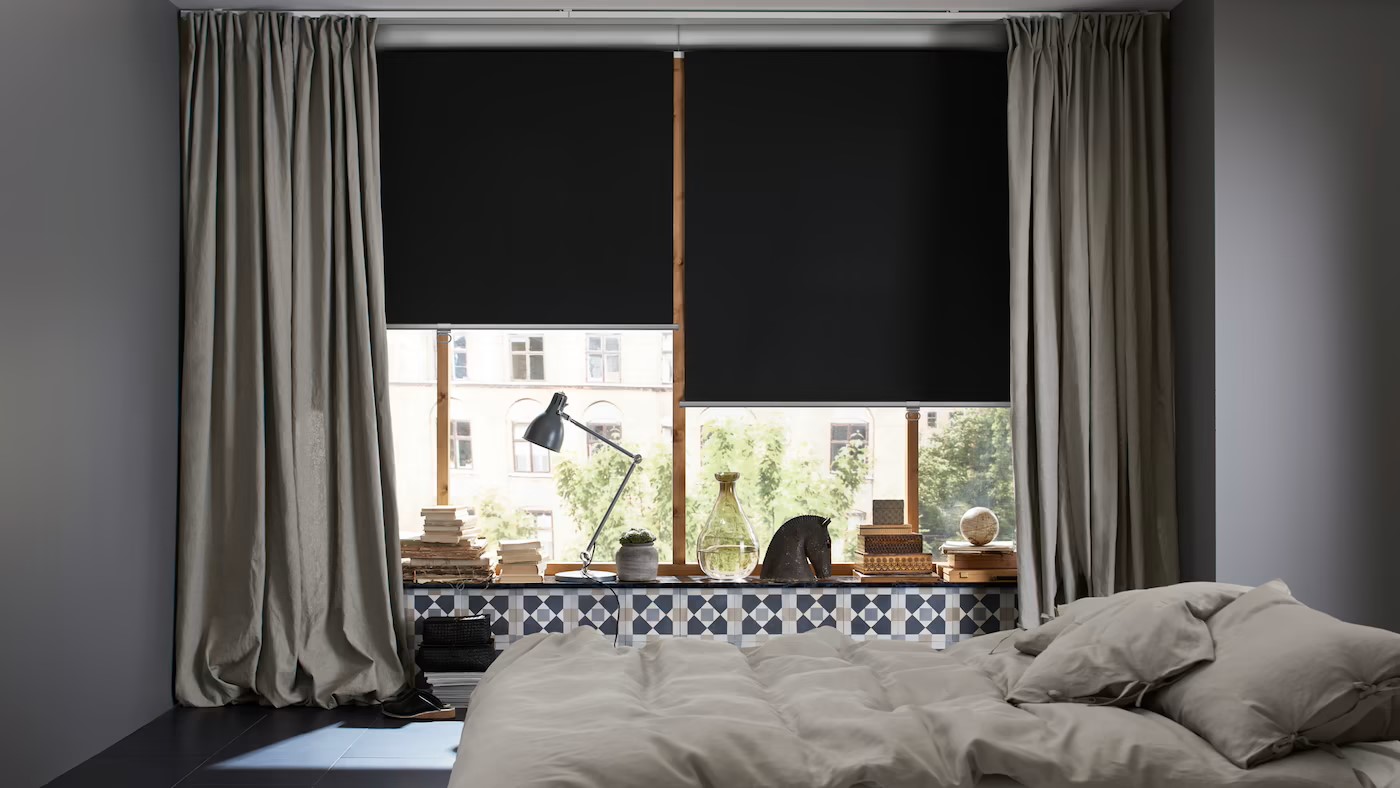
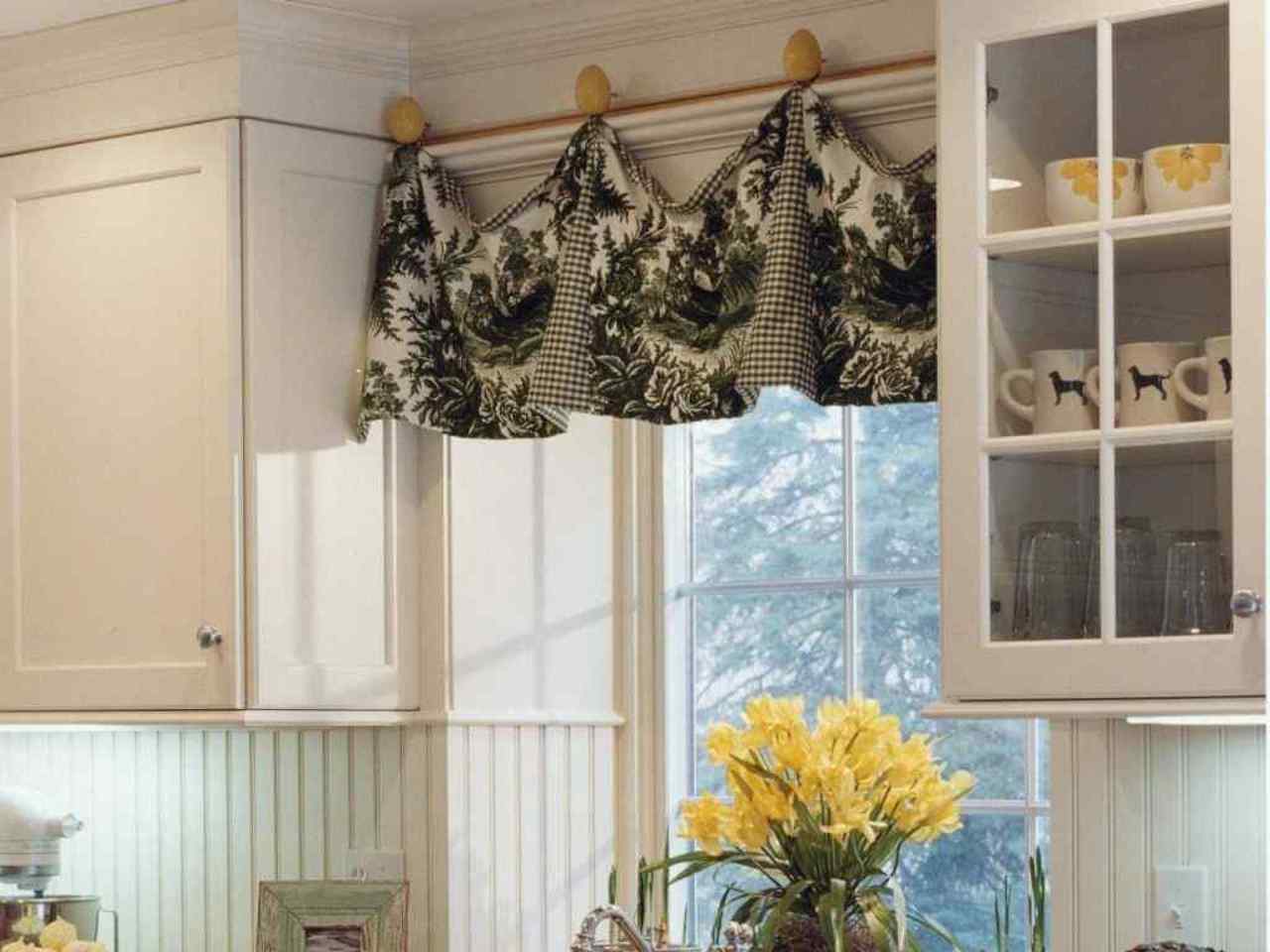
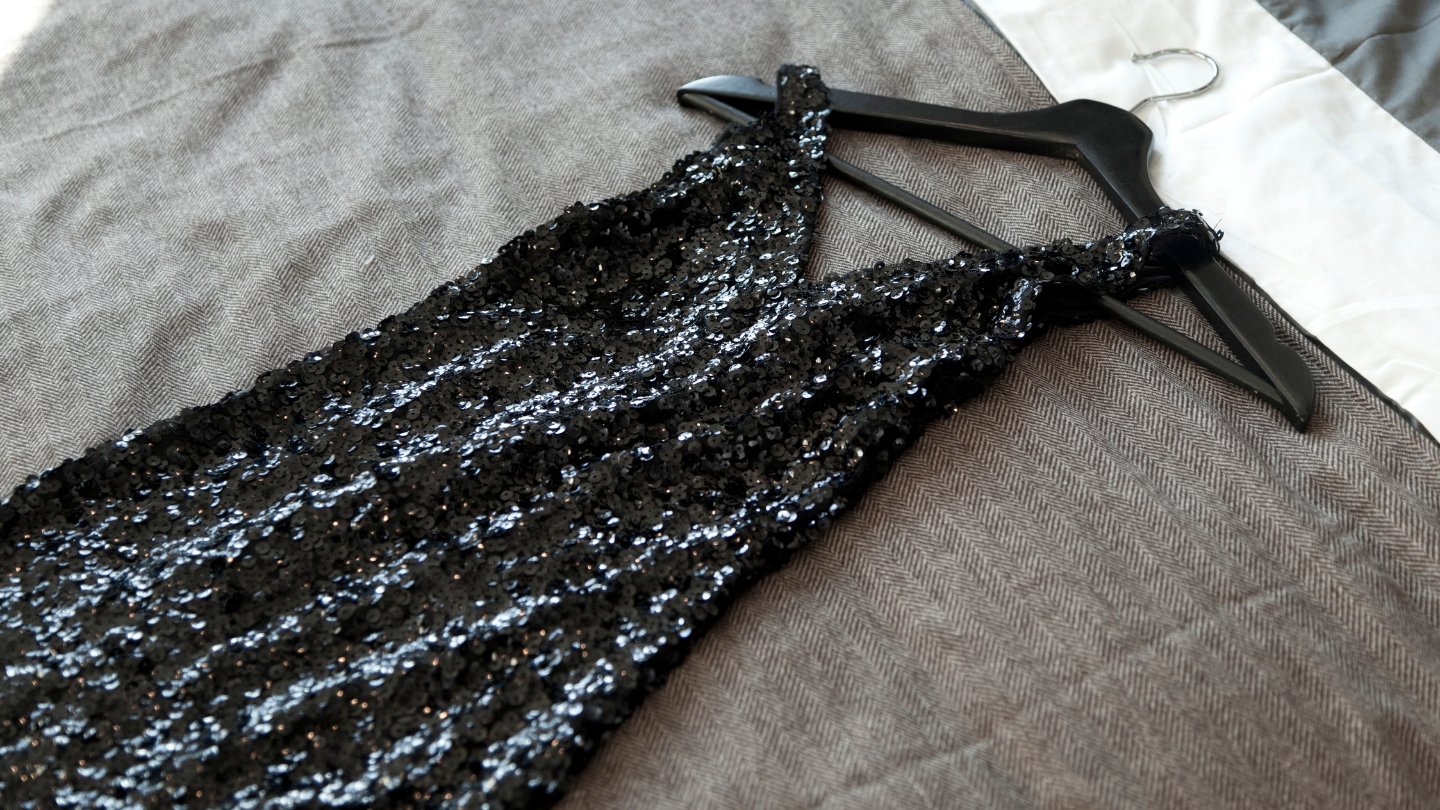
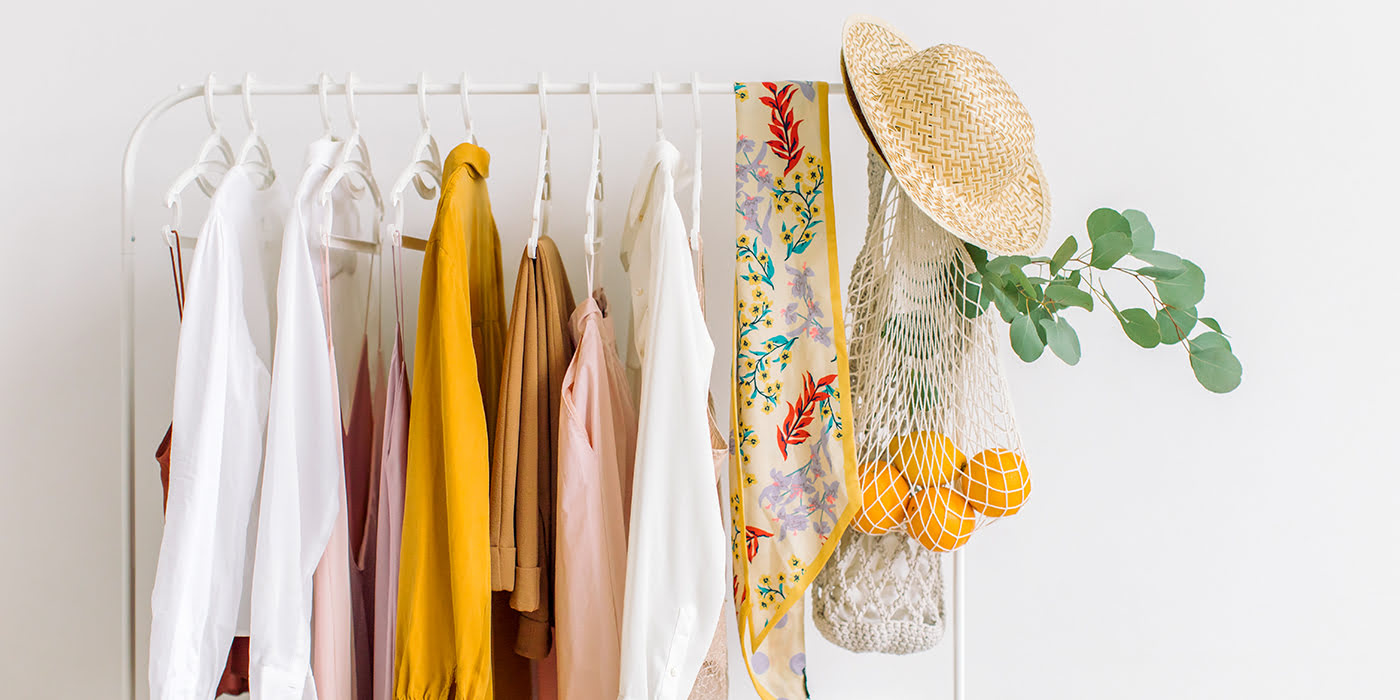
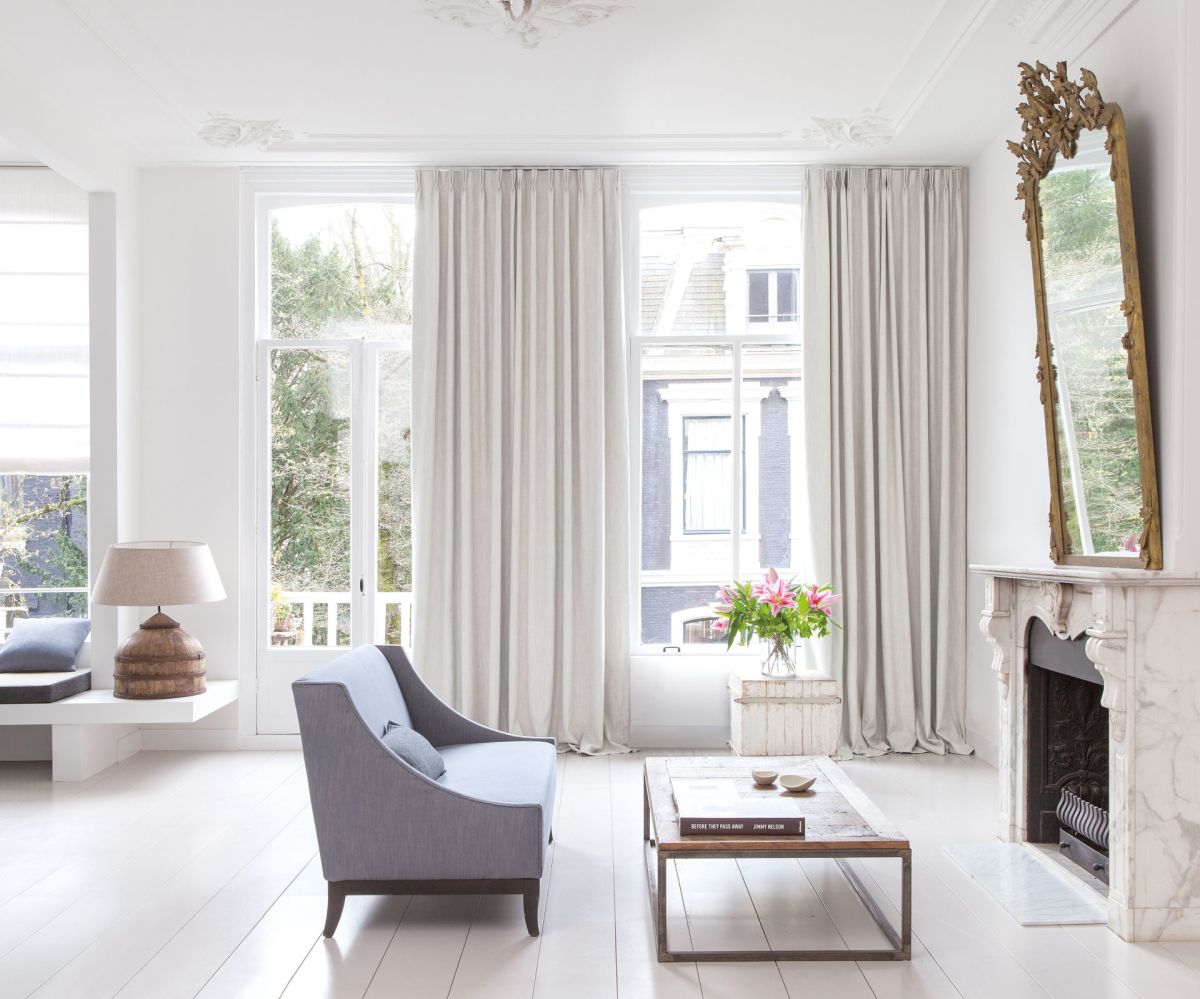
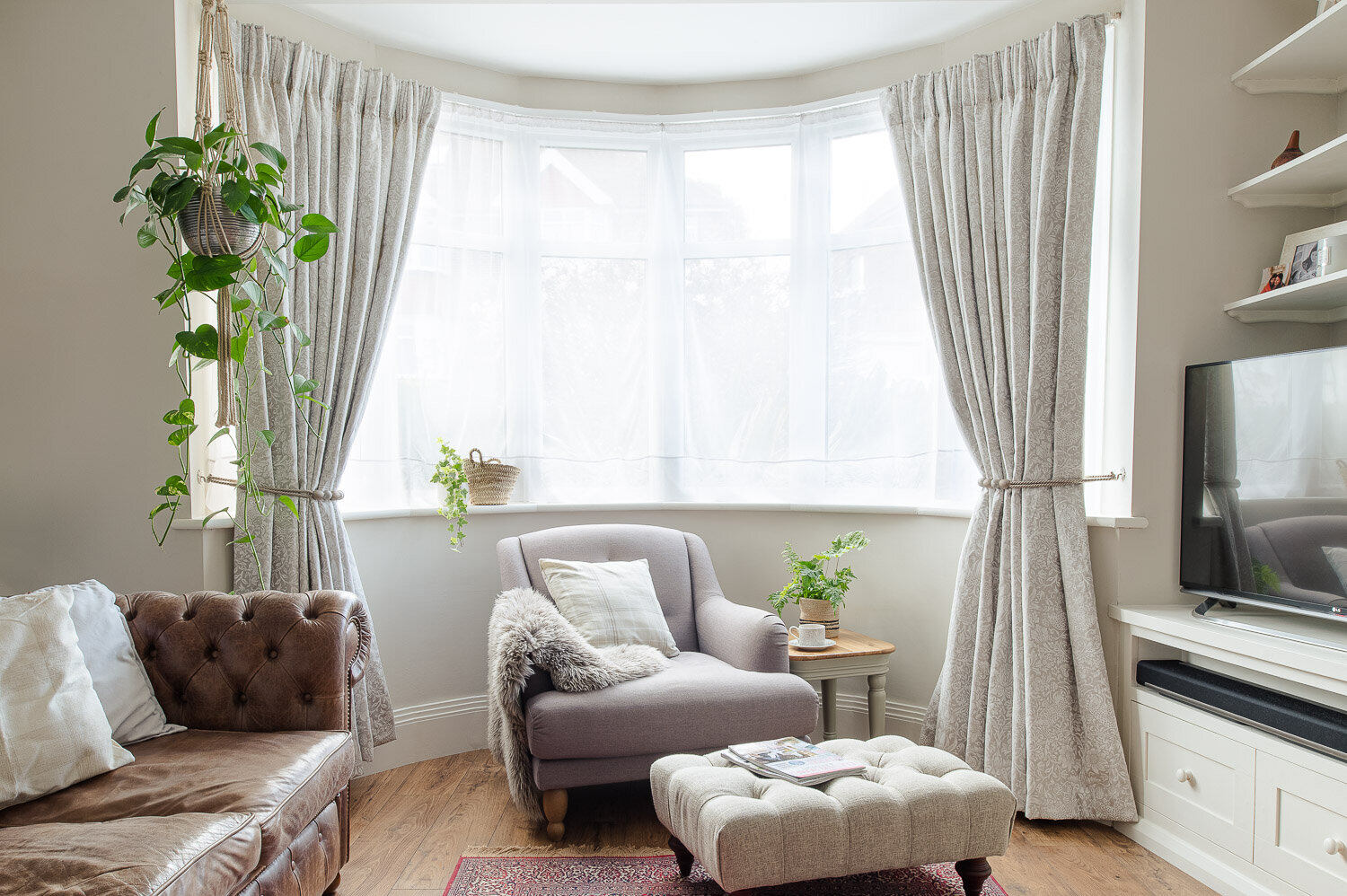
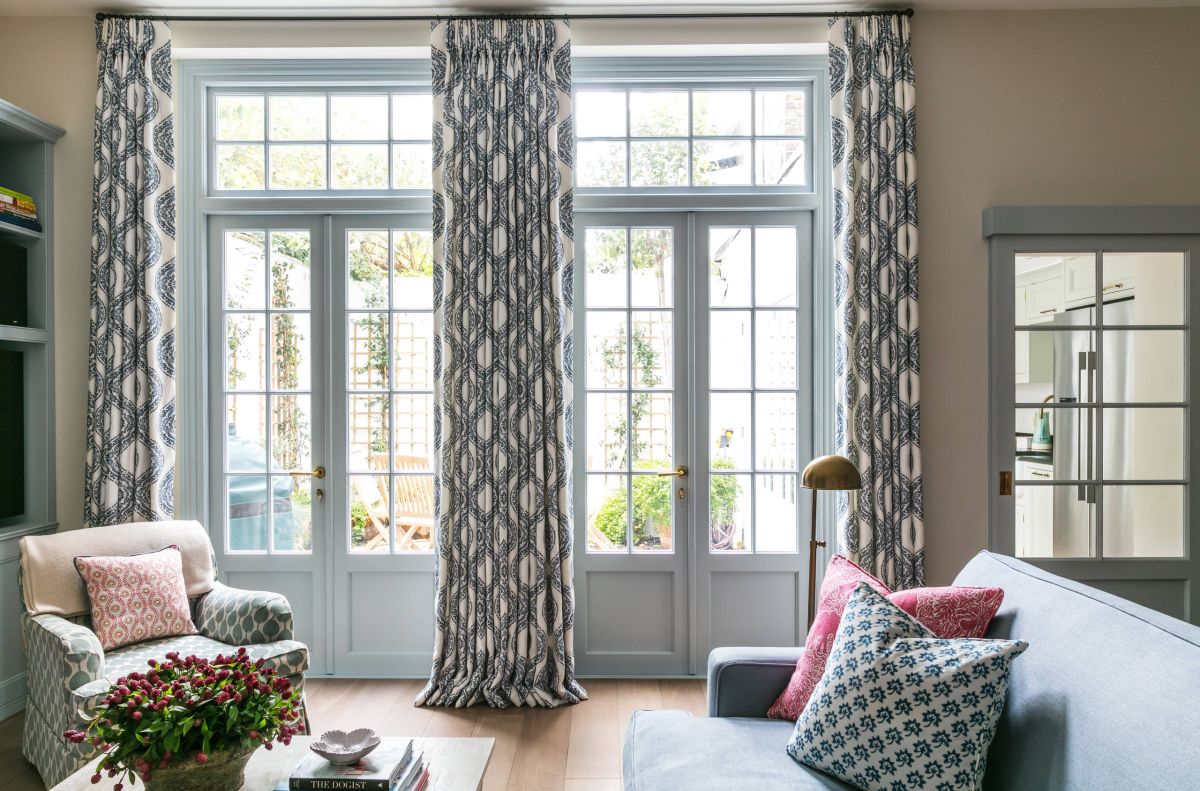
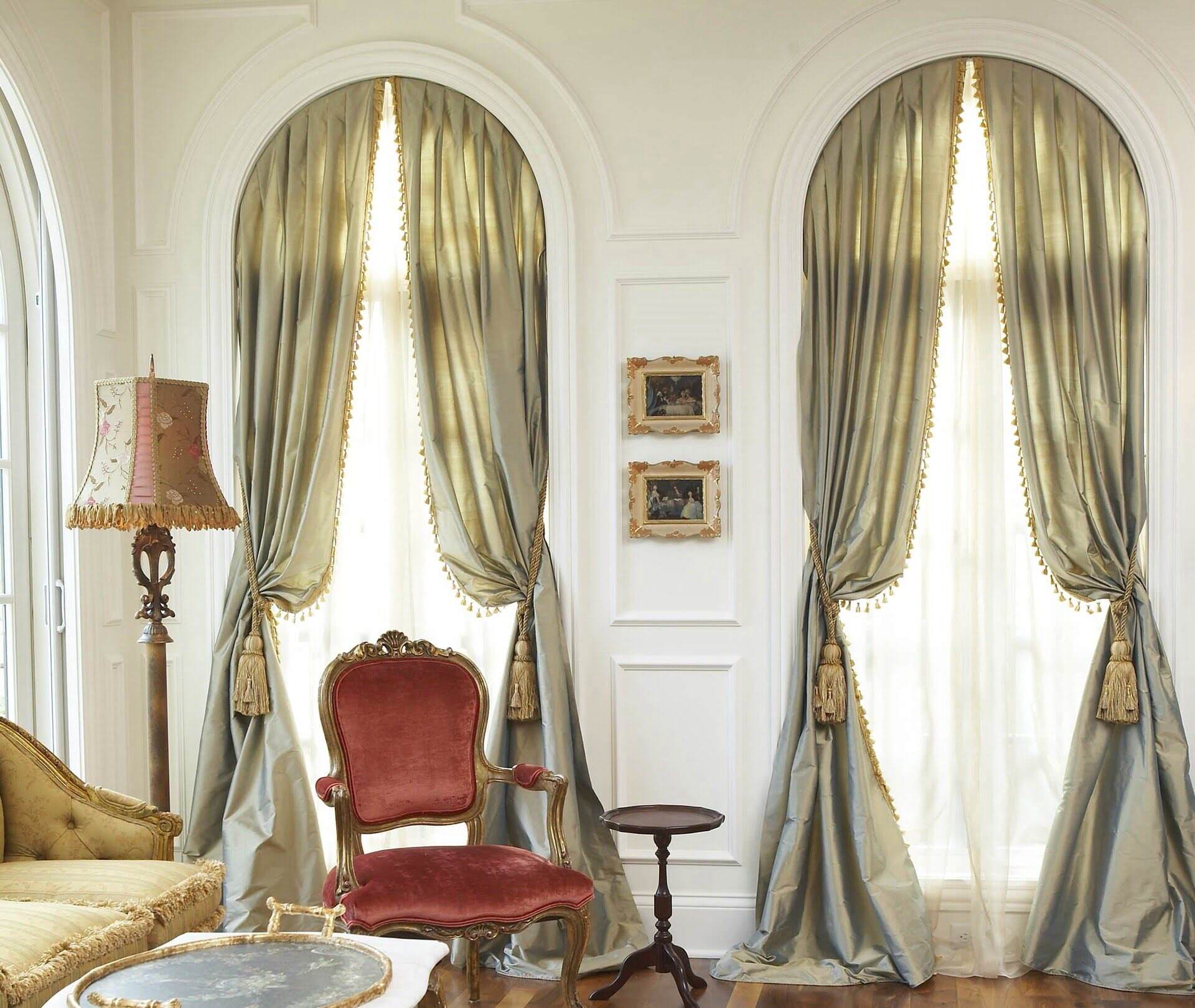
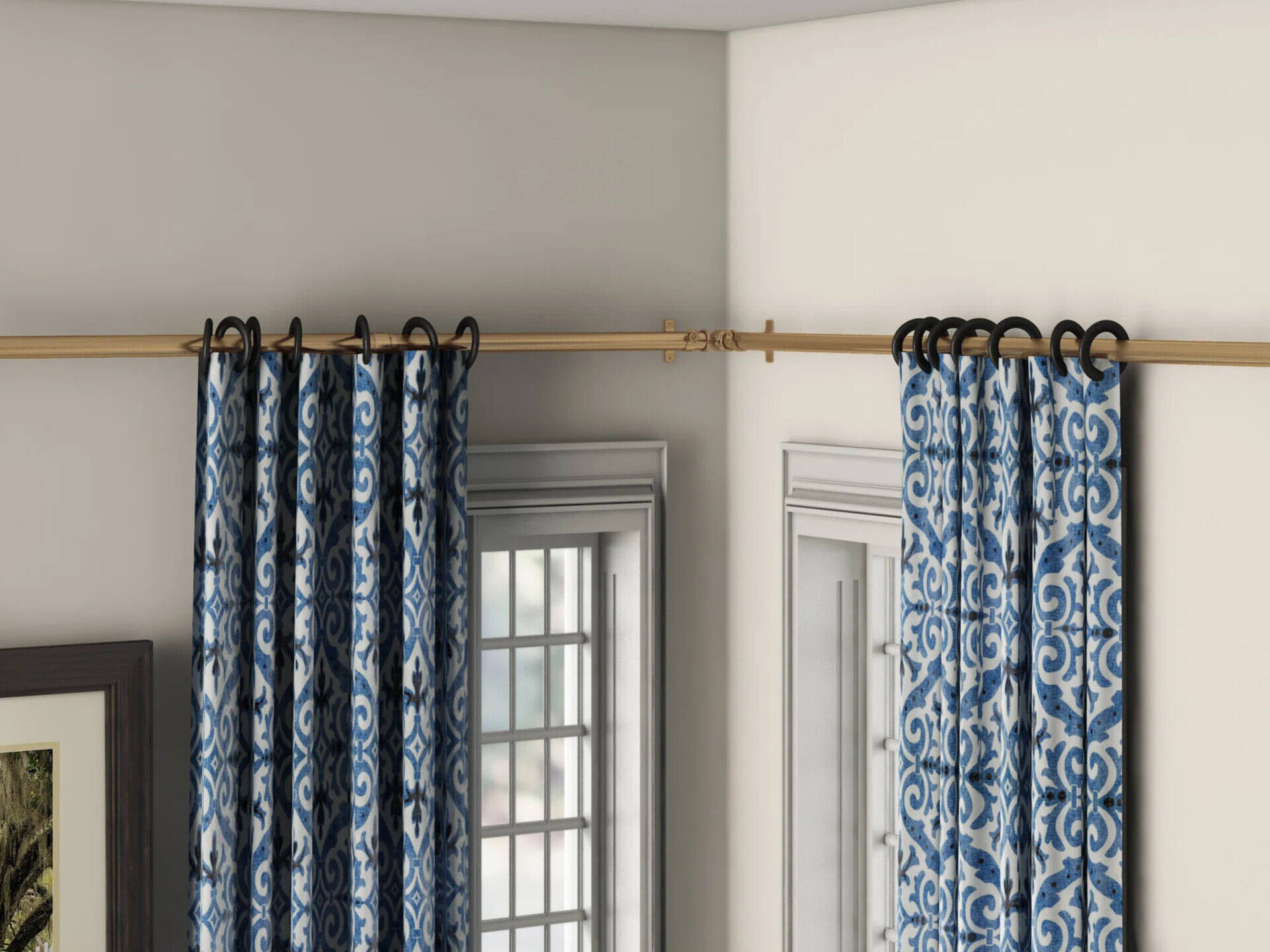
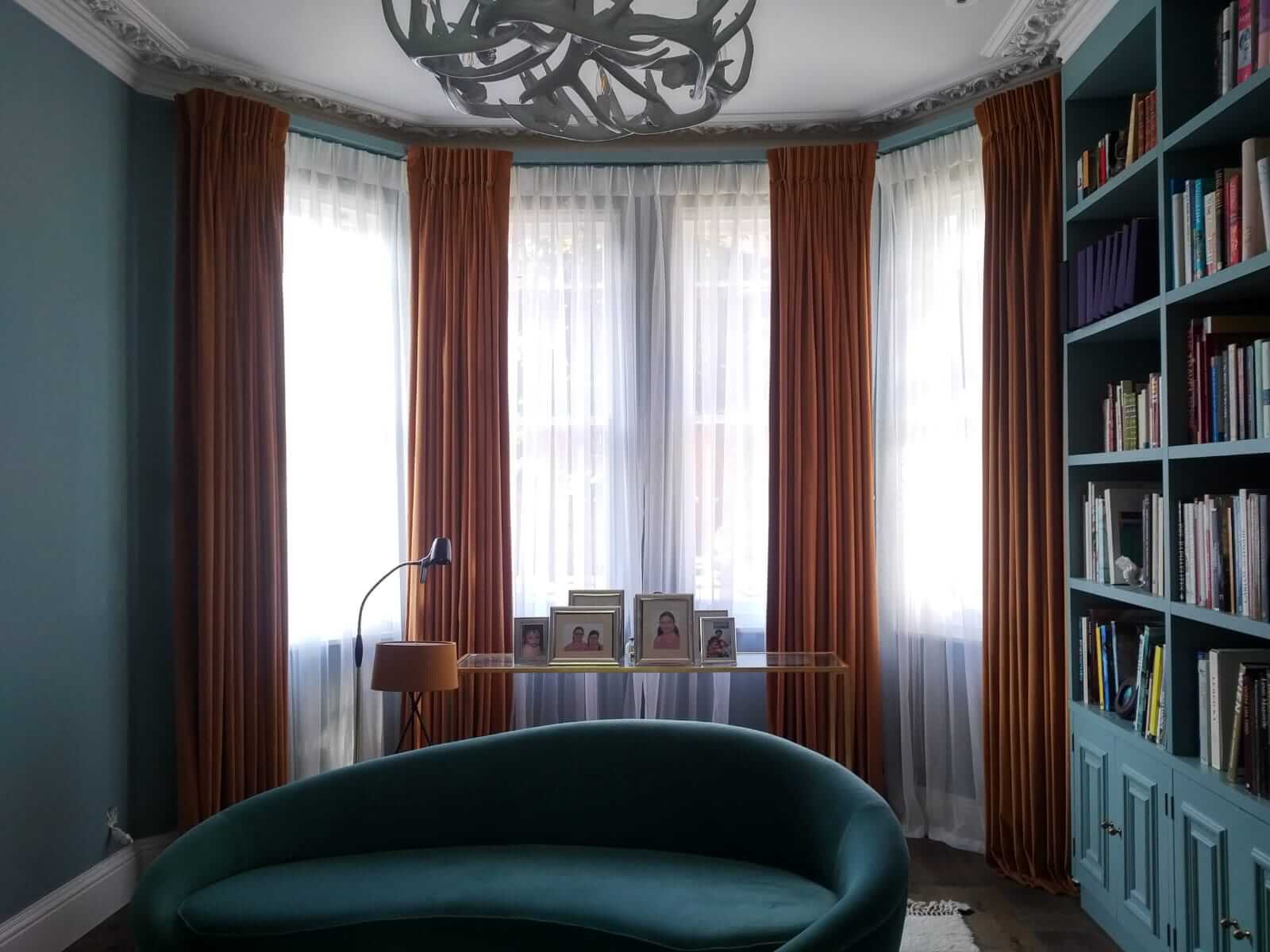
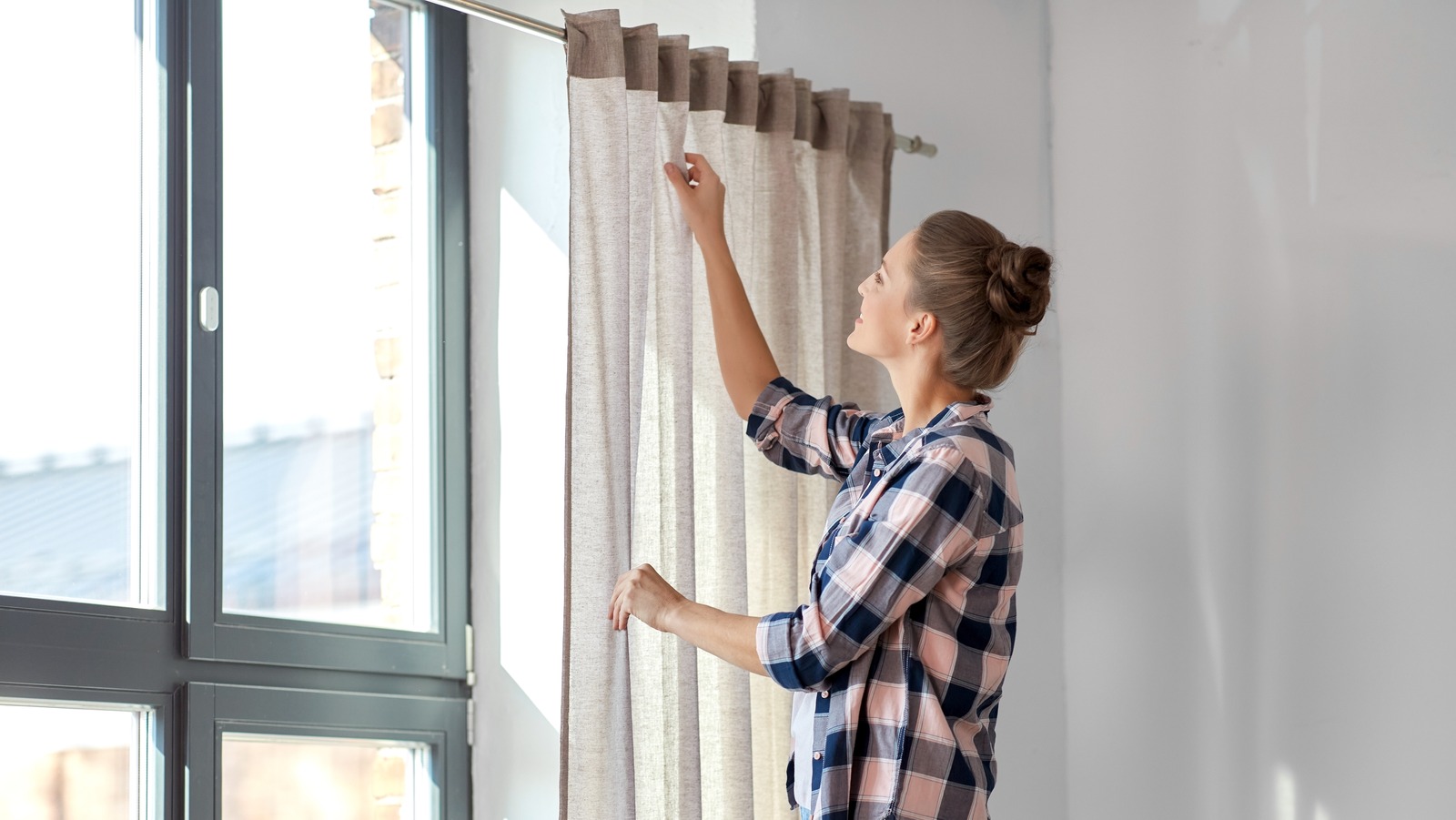
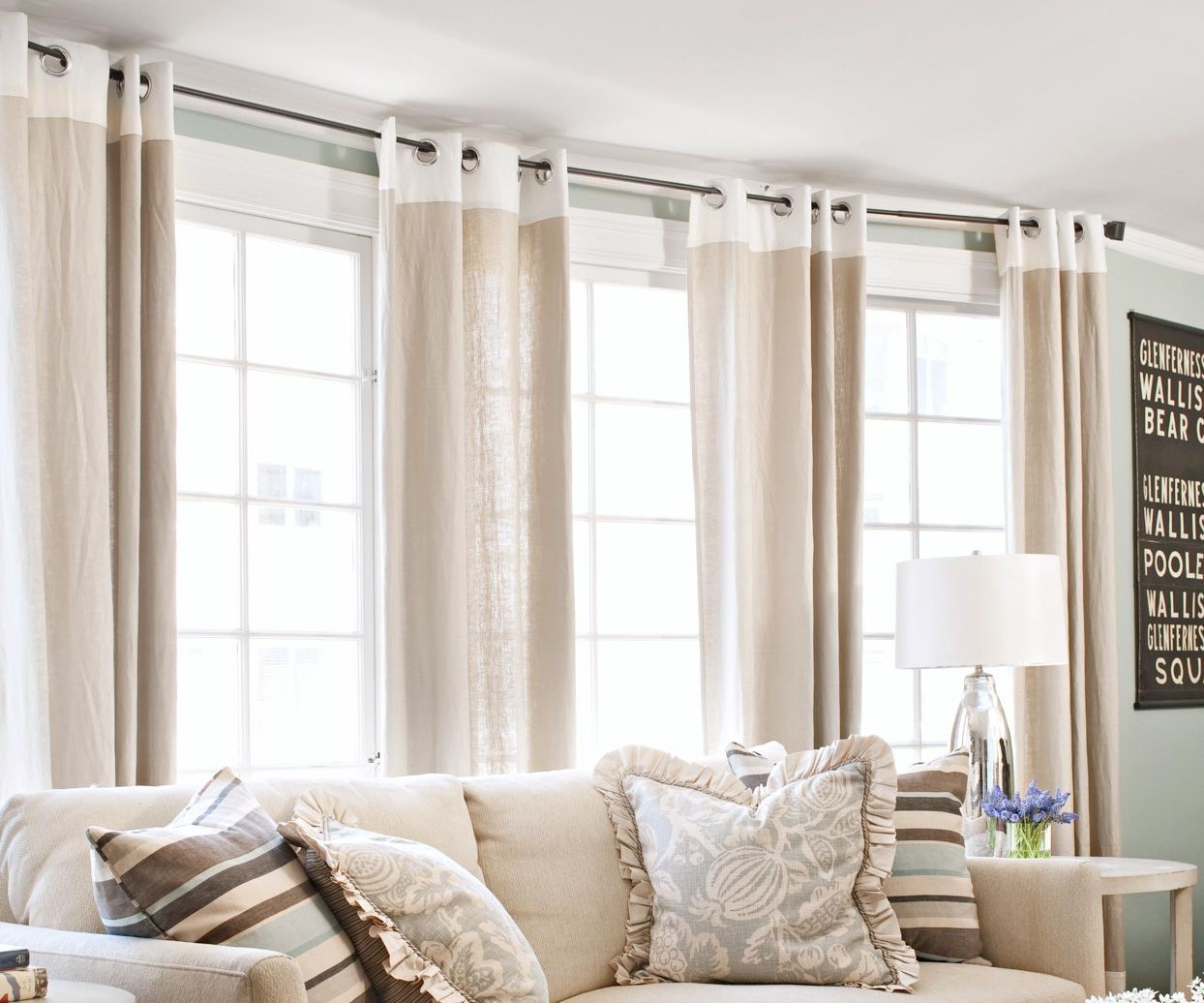
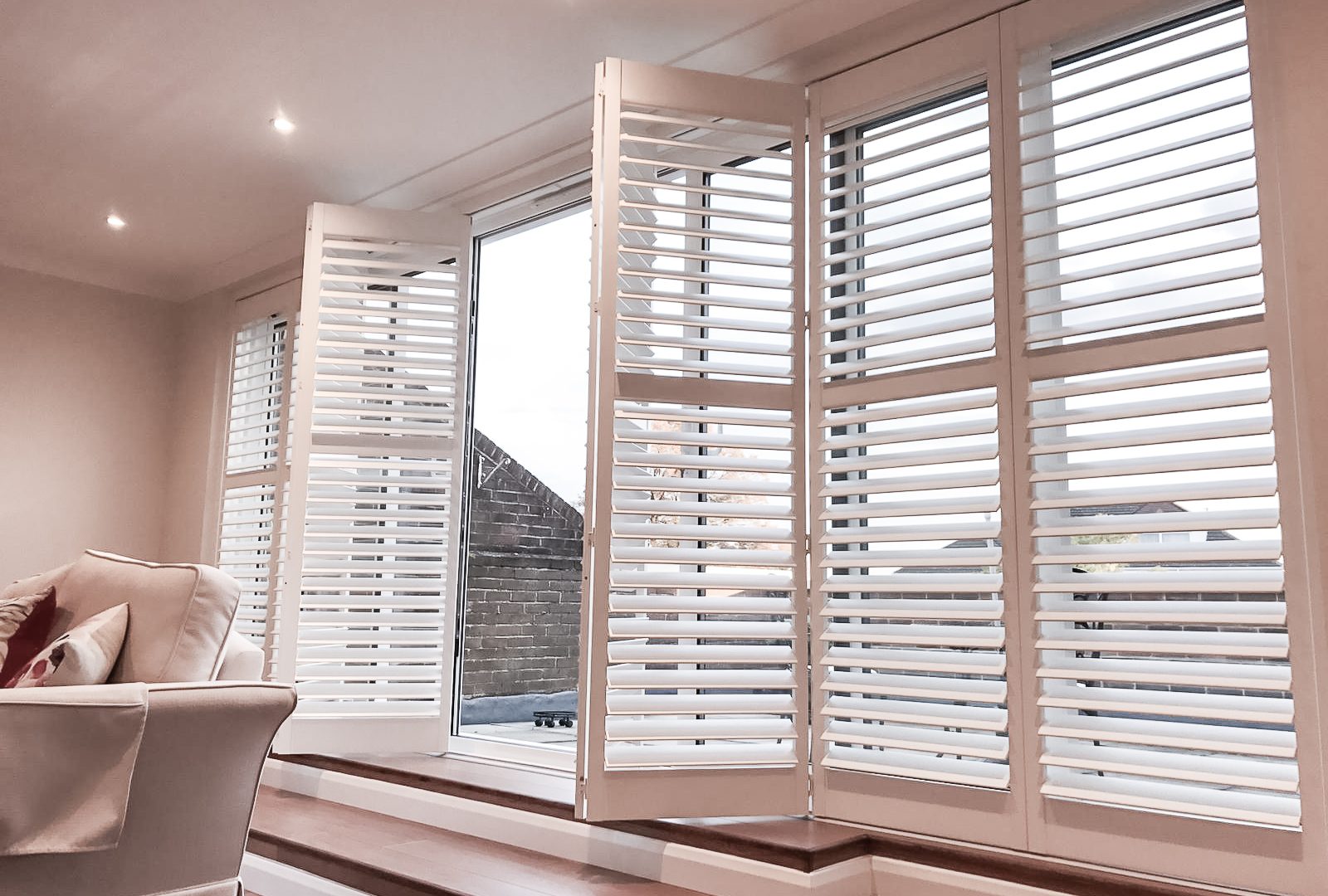

0 thoughts on “How To Dress Windows Without Curtains”